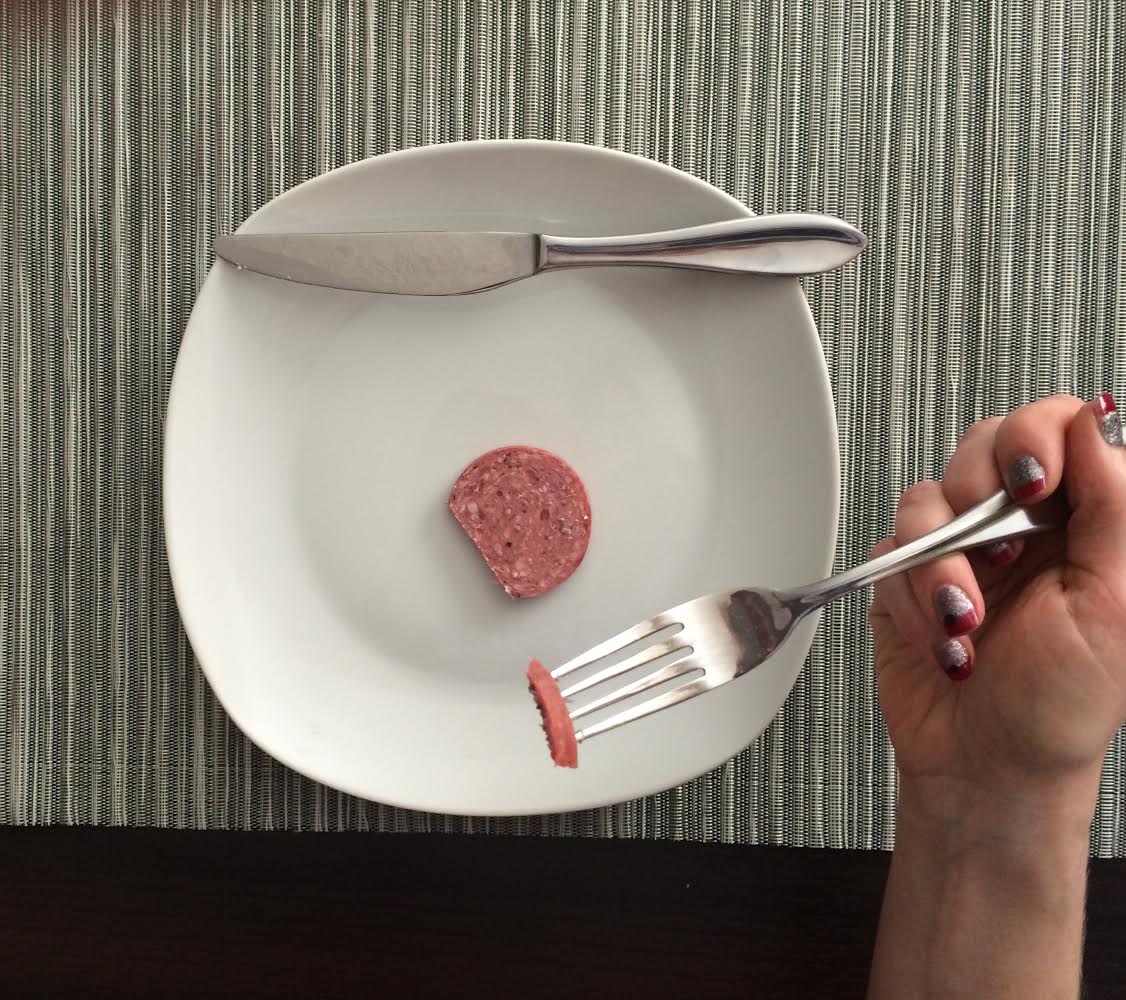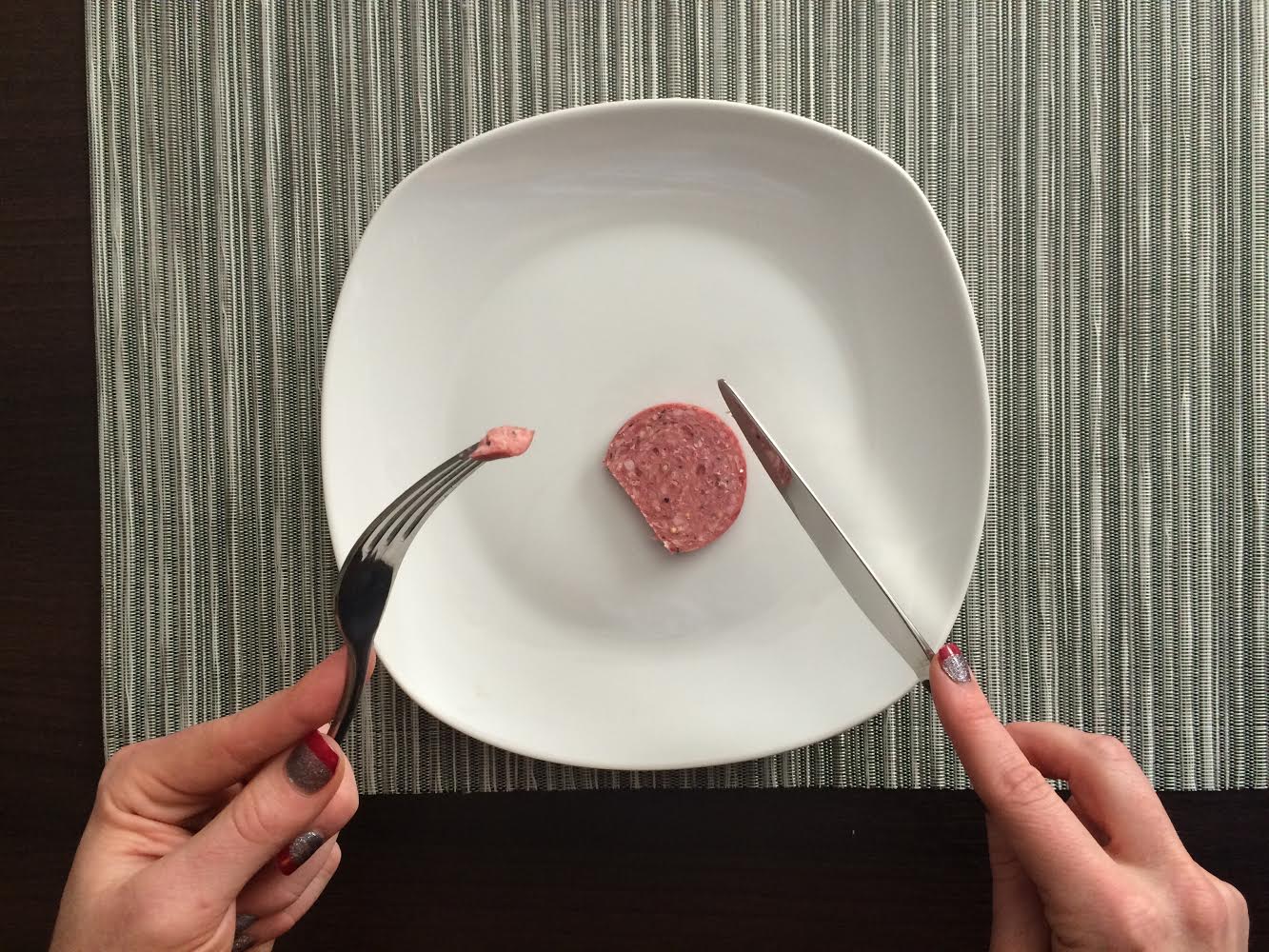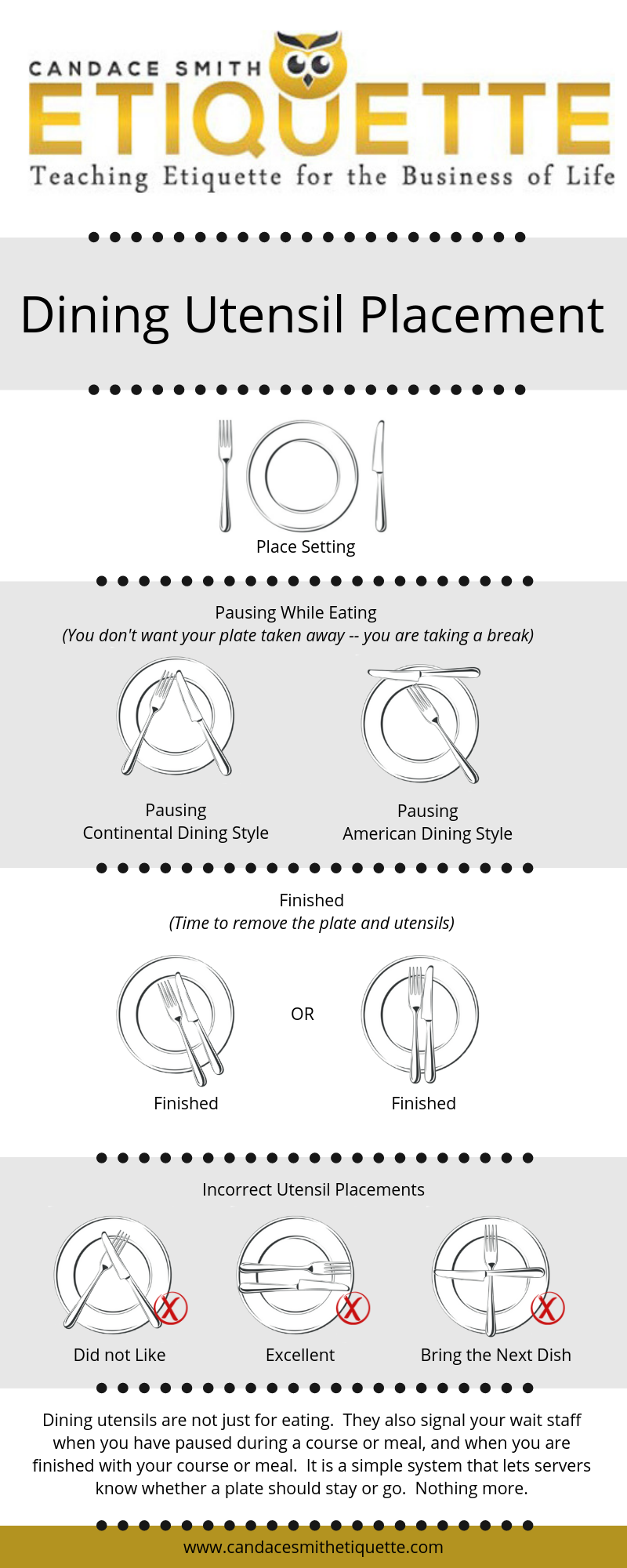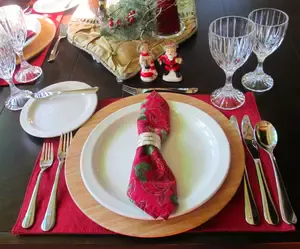Using Utensil Placement to
Send Signals to Servers
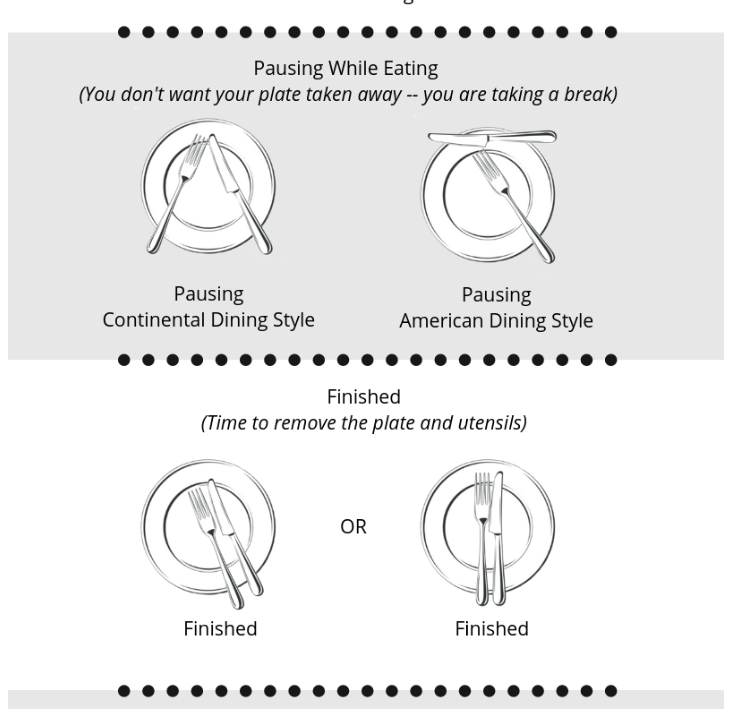
Misinformation abounds on the internet. This is just as true with etiquette information as it is with any other subject.
When I saw a graphic circulating on social media depicting the positions of dining utensils to signal a message to a server, I had to set the record straight. In fact, fellow Etiquette Enthusiast and Educator, Maura Graber, site moderator and editor of Etiquipedia(c) Etiquette Encyclopedia has been fighting an uphill battle to call attention to a particular false infographic that appears on dozens of websites in the U.S. and other countries where knives and forks are used.
The graphic I am referring to illustrates five positions in which you can place your knife and fork to relay a message to your server. (Two, the Pausing and Finished shown above are correct.)
Three of the five positions illustrated demonstrate very poor etiquette and are actually rude to the server.
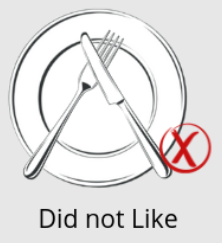
This illustration instructs you to signal your server that you “Did Not Like” your meal. This is unnecessary. When your food order is served, you have ample opportunity to correct the situation if you receive something you did not order, or if your dish isn’t cooked appropriately. If it is a case of preference, you simply do not order the dish again in the future.
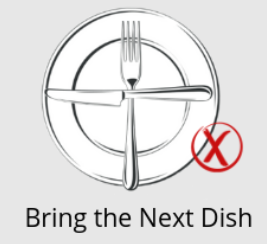
This illustration instructs to “Bring the Next Dish.” Whether or not you are ready for the next dish has no place at all in the kinder scheme of things. If you have a question on timing, get your server’s attention and discuss it verbally. Otherwise, using the “Finished” position will serve the purpose appropriately.
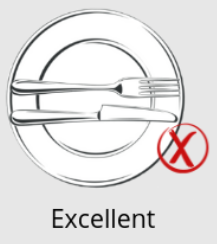
This illustration relays that you thought the dish was “Excellent.” While compliments about the food served are always welcome, this is not a message you relay with utensil placement. A verbal compliment and “thank-you” to the wait staff or chef are much easier to relay and better received.
From the Server’s Perspective
The job of your server is to receive your food and drink order, deliver it to your table when ready, and take your plate away when you are finished eating.
Servers are busy -- juggling multiple tables and lots of information truly does take talent. The “pause” and “finished” utensil positions let them know at a glance whether your table has plates to be removed, or if they can continue with other tasks.
Utensils placed in the “paused” or “resting” position let your server know you are not finished eating and your plate does not need to be removed.
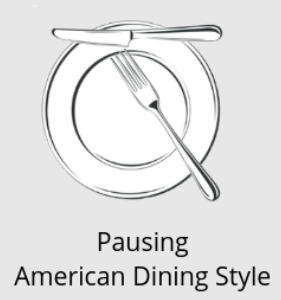
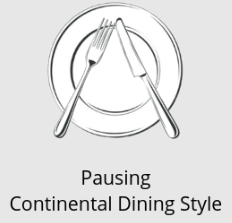
Utensils placed in the “finished” position let your server know you have finished eating and they may take your plate.
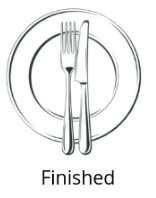
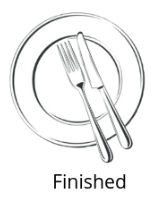
Neither of these utensil signals require verbal communication for your
server to know what action to take. In other words, they make your
server’s job easier and prevent additional disruptions in your table
conversation.
Two – and Only Two - Signals
Dining etiquette involves not only proper use of your utensils while eating, but using them to signal information that makes dining pleasant for everyone.
Servers appreciate you letting them know what assistance you require from them. And non-verbal signals are a small but significant part of civilized dining.
However, the only signals your server needs to receive via utensil placement is whether you are pausing during your meal, or whether you are finished with your meal. There is no tradition anywhere that requires any other signals. Attempting to do so only causes confusion.
I am joining Ms. Graber and other informed etiquette consultants urging you to ignore any image teaching inappropriate communication to diners and restaurant servers. Won’t you join us?
You can download this infographic that shows correct and incorrect utensil placement signals.
